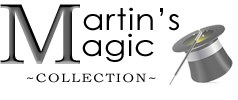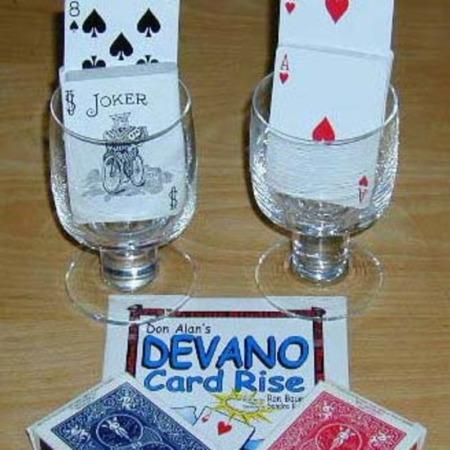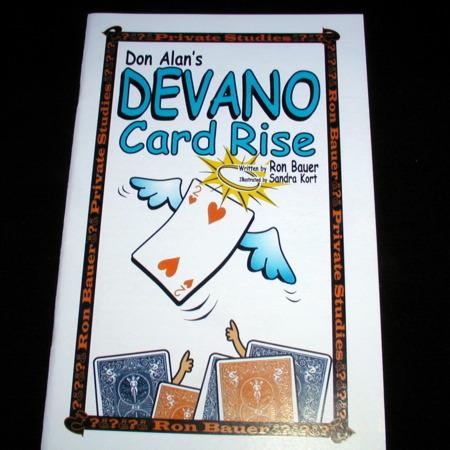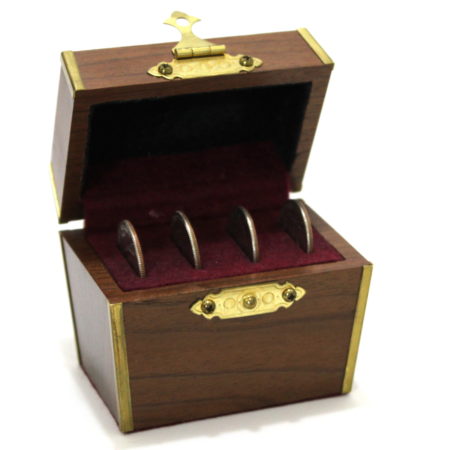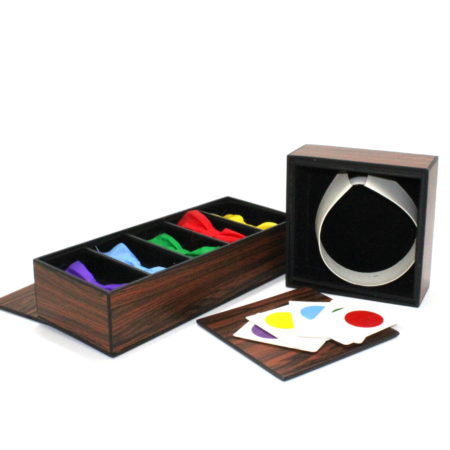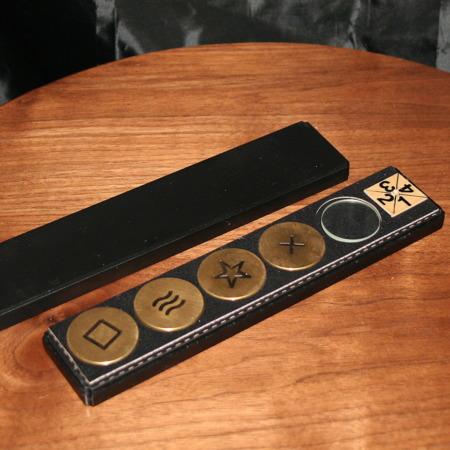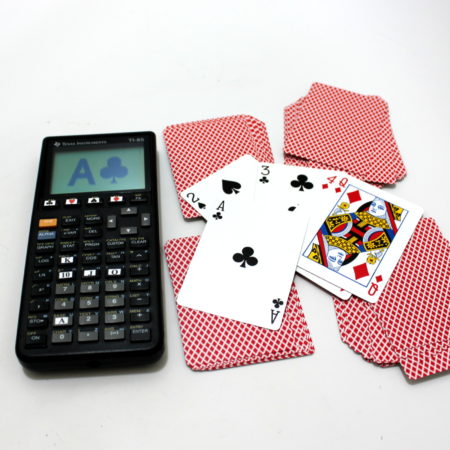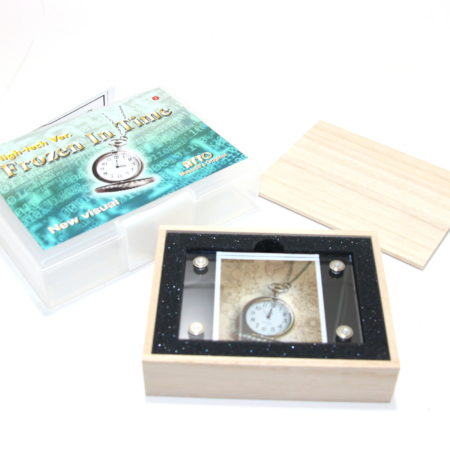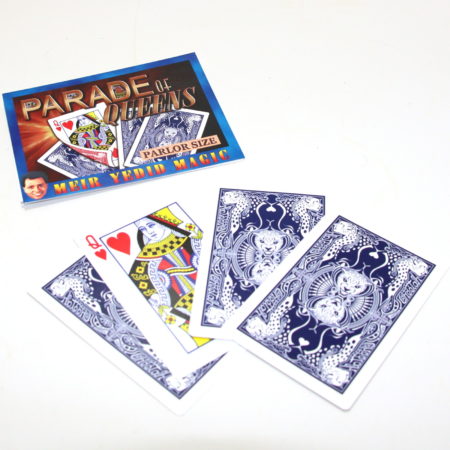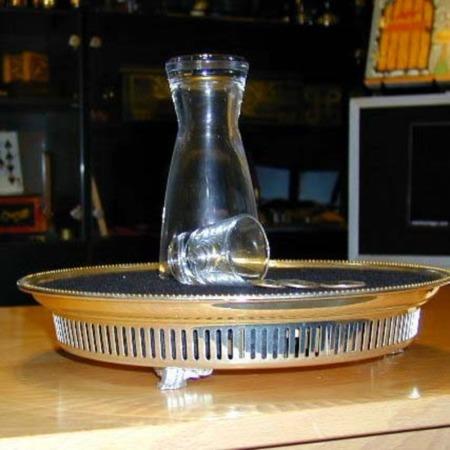
From the original owners of Collectors’ Workshop, Rich Bloch and Nick Ruggiero, comes this stunning piece of apparatus. The first version which was not remote controlled came out c. 1989 and this remote controlled version c. 1994.
A piece of custom-crafted wizardry that raises the miracle of this coin penetration to new heights. Four half dollars penetrate an overturned pilsner glass (visibly) to land inside a mouth-up shot glass. We think the glasses should rest on a beautiful English tea service tray. And, in the interest of artistic symmetry, the coins ought to be removed from another glass, not a stand. We think you ought not to go anywhere near the tray and glasses. That’s why we built Silver Odyssey. This masterpiece of precision engineering was designed and developed at Collectors’ Workshop to meet the most demanding standards of close-up,club and even stage performing. Your pride in performing the effect will be matched only by your joy in owning this remarkable piece of craftsmanship. The entire effect is self-working — no sleights, no assistants. Because everything is controlled from a transmitter the size of a matchbook, you are free to ‘choose the moment‘.
One of the problems with this incredible effect is that the mechanism is so beautiful, intricate and clever, and is created from a blend of beautifully finished hardwoods, gleaming brass and copper components, that you are almost compelled to show people how it works.
They truly don’t make them like this anymore!
Click here for more information.
